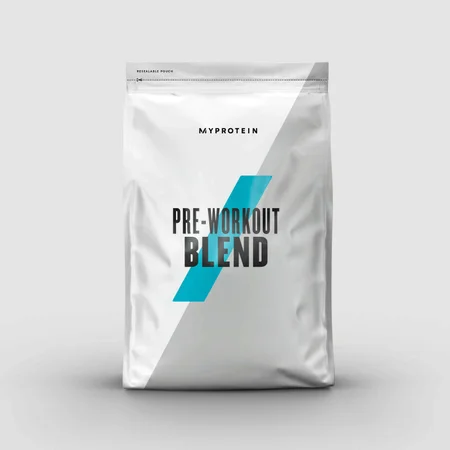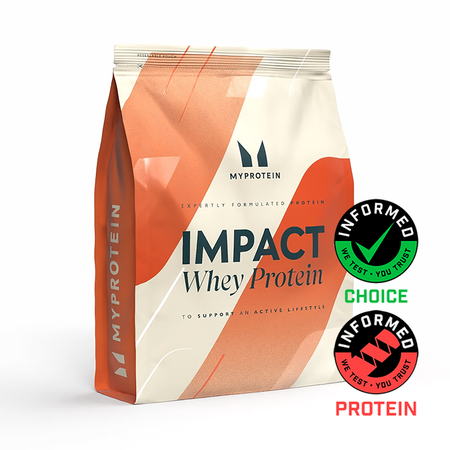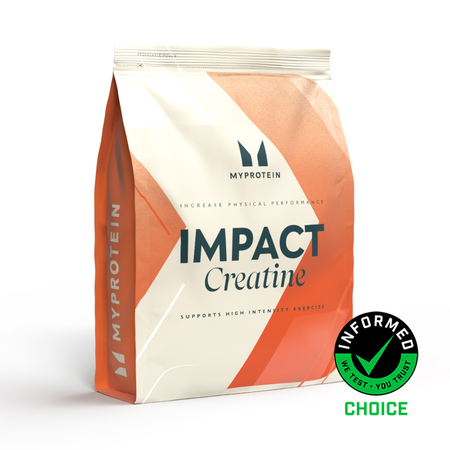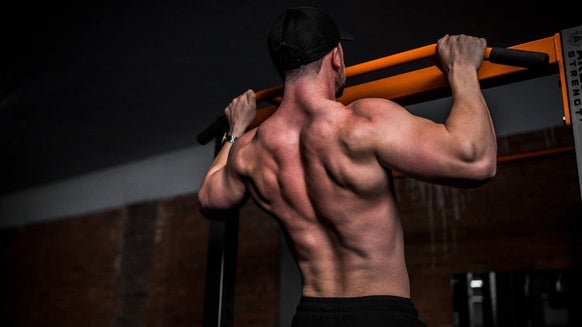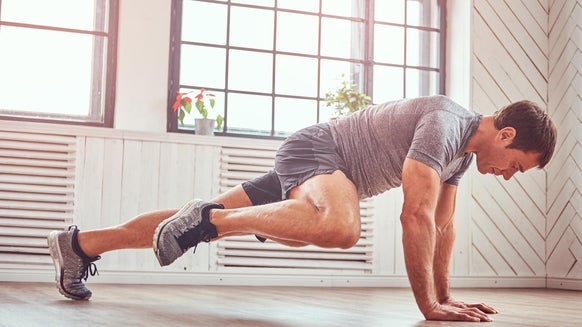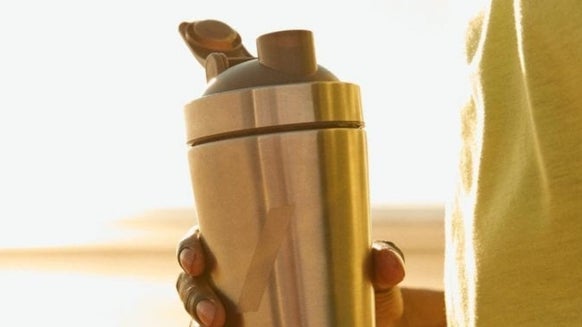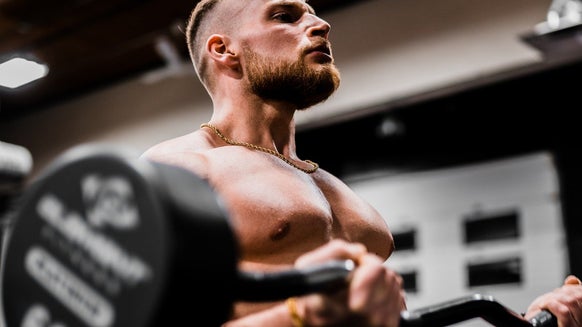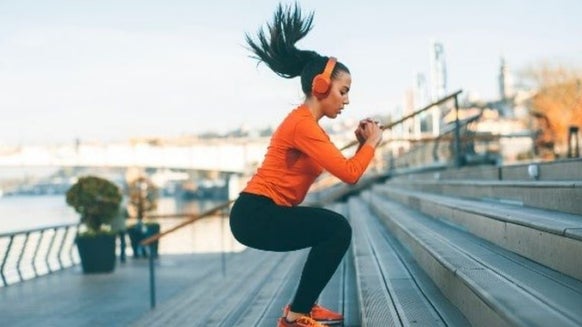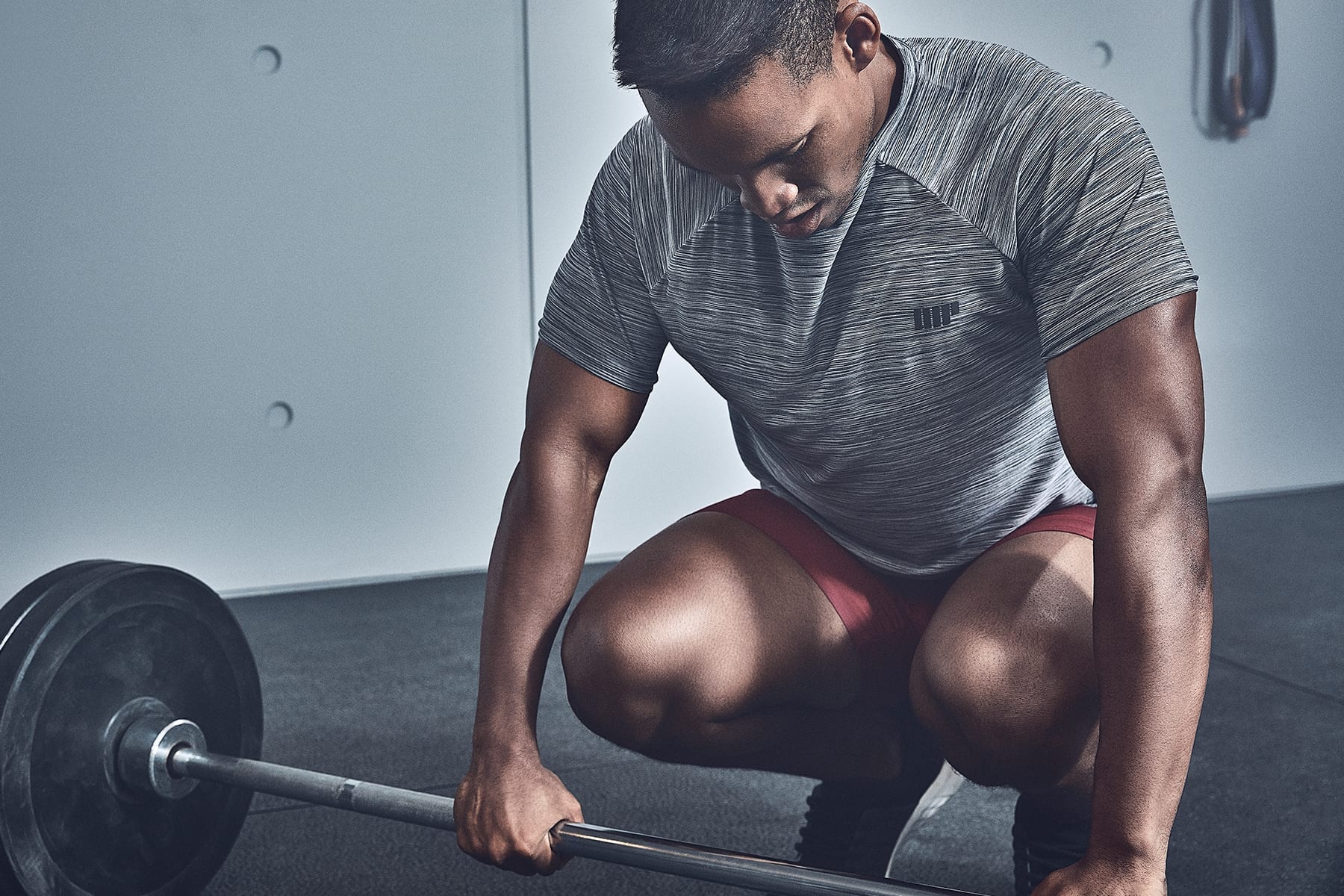
In the hallowed halls of strength training, the deadlift is one of the all-time greats.
Many PTs think of it as the king of all exercises. Bodybuilders, strongmen and athletes of all shapes and sizes use it to develop every muscle in the back and legs. However, if the deadlift is king, then the stiff-legged is Jon Snow. Let's look at our view...
- What is a Stiff Leg Deadlift & How Do You Do it?
- Stiff Leg Deadlift Form
- Common Mistakes With The Stiff Leg Deadlift
- Stiff Leg Deadlift vs. Normal Deadlift
- Muscles Worked in a Stiff Leg Deadlift
- Stiff Leg Deadlift Variations
What is a Stiff Leg Deadlift & How Do You Do it?
The stiff leg deadlift is a variation of the standard deadlift. While this may be an obvious point, the muscles it targets, the benefits and purpose make it an almost entirely different exercise.
The lift involves use of a barbell, then chalk and lifting strap if they’re available. Wrist wraps are recommended for serious volumes of weight.
Standing over the barbell deploy an overhand grip so that your palms are facing the floor. Straighten your torso and your stance should be shoulder width apart, but no wider. A narrower stance is acceptable. This lift is not to be confused with a sumo lift so your knees should be slightly bent. To lift you should bend at your waist with your back straightened and the barbell over your feet.
Stiff Leg Deadlift Form
Breathe in as you bend down and exhale as you rise again. Think that’s of minor concern? Wrong. Getting your breathing technique on point will make all the difference to breaking past plateaus.
You will feel this lift in your hamstrings and hips. In fact, this is a good indicator if your technique is accurate, as your lower back may be present in the movement but you definitely do not want it to be stepping up to the plate to do the brunt of the work. This could result in serious injury. Take the weight in your hamstrings and engage your hips.
If you are struggling with the full range of movement, or are recovering from an injury, a good idea is to place the rack on a platform or rack, as in a rack pull, to spare some of the strain until your strength and technique improves.
Drive the lift from your heels rather than your toes. This will keep you upright and is a helpful way of shifting the weight to where you want it: your hamstrings and hips.
Common Mistakes With The Stiff Leg Deadlift
Many people will let the bar drift away from their body as they struggle to lift. It should remain close to your body. Likewise, flailing limbs help nothing. There should be no hop and jerk movement at all, the movement should be slow and purposeful and you should keep your elbows locked out to keep them from flapping or leaving even a millimetre of doubt that the bar will shift beyond your control. It’s not about getting the bar in the air: it’s about working muscles.
You may think that because you are bending, and because your upper back muscles feel some of the lift that this lift involves your spine. It shouldn’t, and you will put yourself at risk if you try to lift with your spine.
Stiff Leg Deadlift vs. Normal Deadlift
The stiff leg deadlift is like the standard deadlift but the major difference is the starting position with your hips higher and shins in a vertical position. Because of this, the primary muscles worked by this exercise are different – we’ll get to that next.
Because of your starting position and straightened legs, that is one less muscle group and set of joints that will help you to get the weight off the ground. The deadlift, with your bent knees and thrusting action means that you can master greater weights than you can with the stiff leg version. While your hamstrings are more of a focus on the stiff leg lift, your lower back and spine is, too.
Stiff Leg Deadlift Benefits
The stiff leg deadlift is essentially an isolating exercise, designed with muscular hypertrophy in mind that can benefit explosive movements. The major benefit of the stiff leg deadlift is its effect on your posterior chain. By strengthening it you benefit not only your posture and lower back strength, but your explosive power, jumping, leg press and incline running capability.
This exercise equally strengthens and improves your hip flexion and extension, which you use in everything from standing from a sitting position, to exercises like the clean, snatch, jerk, squat and deadlift.
Like all lifts that essentially work against gravity from a standing position, the stiff leg deadlift can also help to increase your bone density – particularly important for older people when bone density begins to depreciate.
Muscles Worked in a Stiff Leg Deadlift
The muscles targeted in this exercise, include the: Hamstrings Erectors Lats (snatch grip) Gluteus Maximus Because there is an element of keeping yourself stable beneath the weight, your core is also engaged.
Stiff Leg Deadlift Variations
Dumbbell Stiff Leg Deadlift
Dumbbell variations of any lift are always encouraged at least once in a while because of the free range of movement they allow, the ability to tweak the angle of a lift for comfort, and, importantly, symmetry. If you are suffering from bad posture, or favour one limb over another when lifting then asymmetry can develop.
The dumbbell stiff leg deadlift requires you to keep your arms that bit tighter, creating more of an effort for your abs and lats. It may also mean that you have to bend further to lift, meaning your flexion is improved in the long run and more muscle fibres are reached.
Stiff Legged Barbell Deadlift
Barbell lifts are the more standard form of a stiff legged deadlift and will lead more directly to improvements to your conventional deadlift. You will also be able to lift more weight, focussing more on the lift and less on your loose arms flapping as they would with dumbbells.
Take Home Message
The stiff leg deadlift is an excellent isolating exercise for your posterior chain, namely your hamstrings. It is ideal for improving your hip flexion and explosive power, while helping to develop your conventional deadlift, not to mention the great calorie burner this exercise is for anyone looking to kill two birds with one stone.
increase muscular hypertrophy, strength, and integrate sound hamstring range of motion for nearly every athlete. Due to the isolation of this exercise, most athletes and coaches should perform this movement in the moderate rep range with moderate loads to maximize hypertrophy before going into more advanced strength and/or speed technique. Both this and Romanian deadlifts can be great assistance exercise for nearly every athlete looking to maximize hamstring and glute performance and health.

Arvind is a StrongFirst Kettlebell Level 2 coach and Nutrition Coach.
He has worked with hundreds of people at his gym to help them find their path to sustainable, life-long fitness and health. Arvind was also the co-author of the best poster awarded at the NNEdPro International Summit on Medical Nutrition Education and Research 2018 held in Cambridge, UK.
He is the co-founder of Daily9, a wellness start-up that uses cutting edge science and technology to help people lose weight, gain confidence and feel better than they have in years. Daily9 has coached over a 1,000 people to make sustainable lifestyle changes and see real results.
